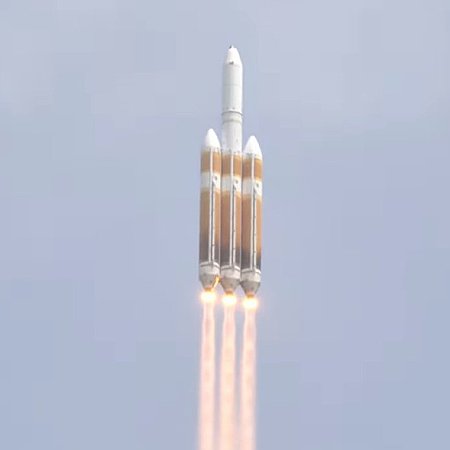SpaceX launches 23 more Starlink satellites with 1st stage on record-setting 20th flight
The bunny flies again! SpaceX tonight successfully launched 23 more Starlink satellites, its Falcon 9 rocket lifting off from Cape Canaveral.
The first stage completed its 20th flight, a new record for a Falcon 9 first stage, landing successfully on a droneship in the Atlantic. At this moment SpaceX is beginning to collect a fleet of Falcon 9 first stage boosters that have flown almost as much as NASA’s space shuttle fleet, which flew as follows:
Discovery 39 flights
Atlantis 33 flights
Columbia: 28 flights
Endeavour 25 flights
Challenger: 10 flights
At present SpaceX has one booster with 20 flights, and two with 19, and I think one with 18. It will take a lot more launches to catch up, but it certainly appears possible for at least a few of these Falcon 9 stages to exceed the shuttle numbers.
The leaders in the 2024 launch race:
39 SpaceX
14 China
6 Russia
4 Rocket Lab
American private enterprise now leads the rest of the world combined 45 to 26, while SpaceX by itself now leads the rest of the world, including other American companies, 39 to 32.
The bunny flies again! SpaceX tonight successfully launched 23 more Starlink satellites, its Falcon 9 rocket lifting off from Cape Canaveral.
The first stage completed its 20th flight, a new record for a Falcon 9 first stage, landing successfully on a droneship in the Atlantic. At this moment SpaceX is beginning to collect a fleet of Falcon 9 first stage boosters that have flown almost as much as NASA’s space shuttle fleet, which flew as follows:
Discovery 39 flights
Atlantis 33 flights
Columbia: 28 flights
Endeavour 25 flights
Challenger: 10 flights
At present SpaceX has one booster with 20 flights, and two with 19, and I think one with 18. It will take a lot more launches to catch up, but it certainly appears possible for at least a few of these Falcon 9 stages to exceed the shuttle numbers.
The leaders in the 2024 launch race:
39 SpaceX
14 China
6 Russia
4 Rocket Lab
American private enterprise now leads the rest of the world combined 45 to 26, while SpaceX by itself now leads the rest of the world, including other American companies, 39 to 32.








